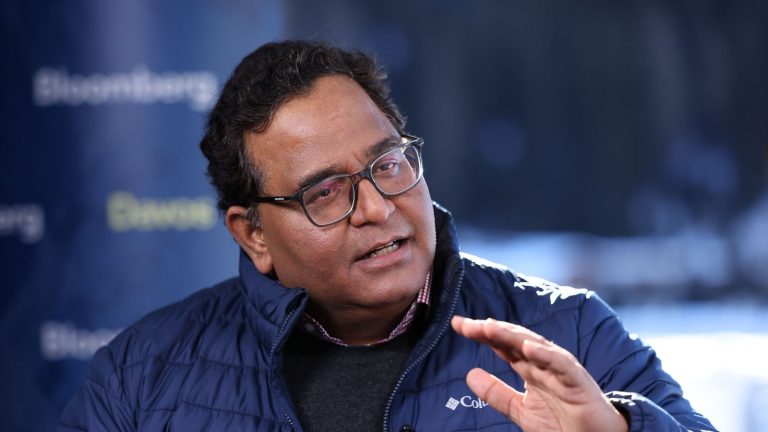Paytm CEO Vijay Shekhar Sharma reposted Helios Capital founder Samir Arora’s tweet, calling it a “well described difference in science and economics,” after the US stock market crashed on Friday.
Just a day after Donald Trump imposed a 10% baseline tariff on all imports, China retaliated by imposing an additional 34% tariff on all goods imported from the US. The result? Within 48 hours, three major US stock indexes fell over 5%, with the S&P 500 declining nearly 6%.
Helios capital founder Samir Arora reacted to the crash, stating that “a reset in USA was needed for it was too open.”
Arora made the comments on X, formerly Twitter, shortly after the US markets meltdown wiped out $5trillion on Trump’s tariffs.
Samir Arora’s post
Citing lessons from inflation, index funds and other economic aspects, Samir Arora explained how no theory can be taken to extreme.
“If it is good to have low inflation, it does not mean that negative inflation is good,” stated Samir Arora.
Drawing an analogy from the same, the Helios Capital founder further explained:
“In the same way, countries cannot be totally open or totally closed. A reset in USA was needed for it was too open. That is why I can reconcile with the idea that India should have lower tariffs for cars ( too closed) and US should increase tariffs ( too open). Laws of science are absolute, not economic theories. They work only up to a point till they don’t.”
Vijay Shekhar Sharma, others react
While Vijay Shekhar Sharma reposted Samir Arora’s explanation, calling it a well described difference, several other netizens posed further questions on why the Helios Capital founder focused only on the goods.
After a netizen questioned, whether US services should be open to tariffs, Arora responded: “It has not been too open due to immigration not being open. In any case, I don’t have to focus but someday any country badly affected and having the clout can focus on it.”
US stock market crash
US President Donald Trump’s reciprocal tariff announcements sparked a massive sell-off on Wall Street on Friday, April 4. The Dow Jones plummeted over 2,000 points, the S&P 500 experienced its worst two-day drop since March 2020, and the Nasdaq tumbled into the bear market territory.


